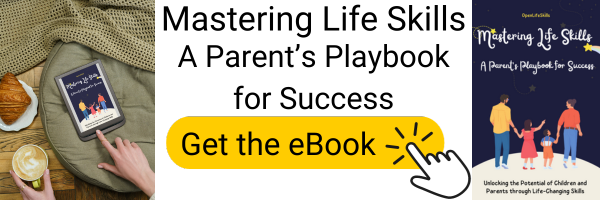In this article:
In a world that celebrates diversity and global connectivity, giving your child the gift of multilingualism is a precious endeavor. As parents, we constantly seek ways to enhance our children’s cognitive development and set them up for success. One remarkable avenue to explore is the early introduction of two languages. This article will delve into the benefits, strategies, and considerations when teaching babies two languages, empowering you to embark on this enriching journey with confidence.
The Multifaceted Benefits of Bilingualism in Infancy
Research consistently highlights the myriad advantages of raising bilingual babies. While the linguistic prowess gained is an obvious outcome, the cognitive, cultural, and interpersonal benefits are equally significant.
- Enhanced Cognitive Abilities: Bilingual babies exhibit heightened cognitive flexibility, which facilitates problem-solving, critical thinking, and creativity. Their brains become adept at switching between languages, promoting mental agility.
- Improved Communication Skills: Multilingual babies excel in both verbal and non-verbal communication, often displaying better understanding of gestures and body language. This enhanced communication repertoire fosters stronger social connections.
- Cultural Proficiency: Learning two languages broadens a child’s cultural horizons. Exposure to different linguistic nuances and cultural contexts nurtures open-mindedness and empathy.
- Stronger Executive Functioning: Bilingualism fosters the development of executive functions like inhibition, working memory, and cognitive control. These skills are pivotal for tasks such as planning, organizing, and self-regulation.
Strategies for Success: Nurturing Bilingualism from Birth
- Start Early: The ideal time to introduce a second language is from birth. Babies are natural language learners, and their brains are highly receptive to new sounds and patterns during their first years of life.
- Consistency is Key: Create a consistent language routine. Designate specific times or situations for each language. This helps babies differentiate between languages and prevents confusion.
- One Parent, One Language (OPOL): In households where both parents speak different languages, each parent can exclusively communicate with the baby in their own language. This approach reinforces language separation and ensures consistent exposure.
- Create a Language-Rich Environment: Surround your baby with books, songs, and activities in both languages. Reading bilingual books, singing songs, and playing games are effective ways to expose your child to diverse vocabulary.
- Quality Interaction: Engage in meaningful conversations with your baby in both languages. Describe everyday activities, ask open-ended questions, and encourage responses to stimulate language development.
- Embrace Cultural Experiences: Incorporate cultural elements associated with each language. Celebrate holidays, share traditional stories, and explore cuisines, fostering a deeper connection to language and culture.
Navigating Potential Challenges
While the journey of teaching babies two languages is incredibly rewarding, it’s essential to be aware of potential challenges and address them proactively.
- Language Mixing: It’s common for bilingual babies to mix languages in their early stages of language acquisition. This is a natural part of the learning process and usually resolves itself as language skills develop.
- Delayed Milestones: Bilingual babies might hit certain language milestones slightly later than monolingual peers. However, this delay is temporary and should not be a cause for concern.
- Stay Patient: Understand that language acquisition takes time. Be patient and avoid putting undue pressure on your child. Allow them to learn at their own pace.
Setting Realistic Expectations
While raising bilingual babies is a remarkable endeavor, it’s crucial to set realistic expectations. Fluency in two languages will not occur overnight; it’s a gradual process that unfolds over years. The goal is to nurture language skills and a genuine love for languages rather than rushing toward fluency.
Conclusion
Teaching babies two languages is a profound gift that enriches their lives in countless ways. The cognitive benefits, cultural awareness, and enhanced communication skills they gain are invaluable assets that will serve them well throughout their lives. By employing strategies like consistency, cultural exposure, and quality interaction, parents can navigate the journey of raising bilingual babies with confidence and joy. Remember, the path to bilingualism is not just about mastering words; it’s about fostering a lifelong appreciation for language and culture. So, embark on this journey with enthusiasm, knowing that you are nurturing multilingual minds from the very start.




